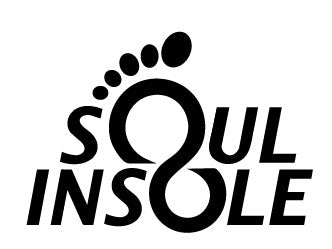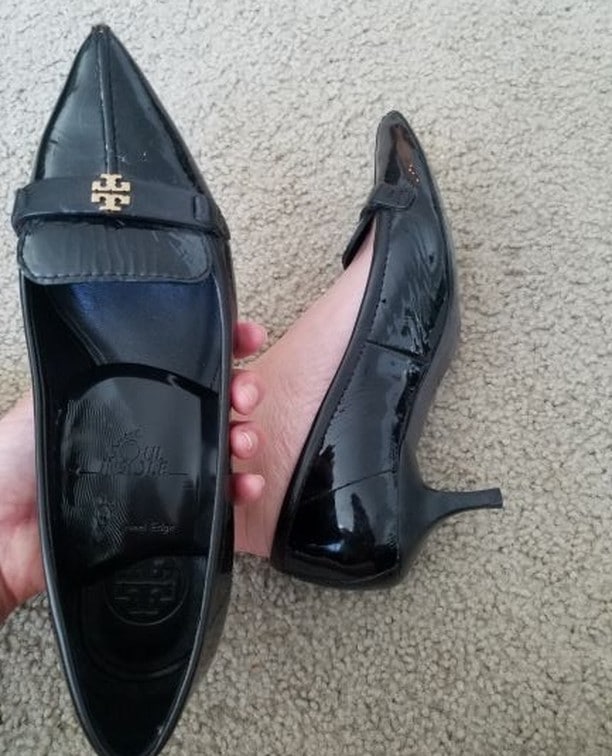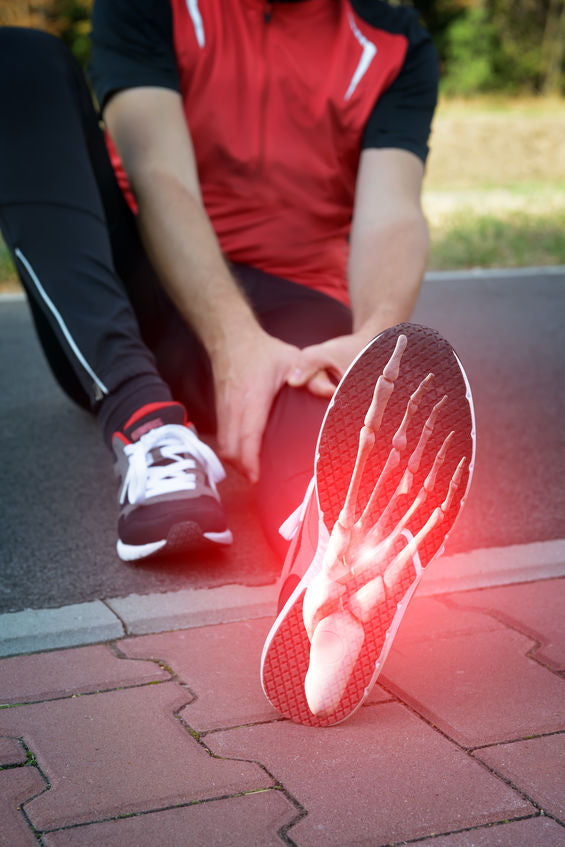
Why Wear Orthotics?
- Foot pain (heel pain, arch pain, ‘ball of foot’ pain etc.)
- Plantar Fasciitis
- Joint and muscle pain in the legs
- Morton's neuroma
- Over Pronation
- Over Supination
- Hallux valgus
- Hollow foot
- Flat foot
- High Arches
- Pain in the knees
- Back pain
- Range of motion assessment
- Examination of posture and alignment of joint structures
- Gait analysis
- Plantar pressure analysis: The resulting imaging focuses on the foot structure and pressure levels that can affect mobility and comfort.
# 1 RECOMMENDED ORTHOTICS FOR CASUAL WALKING / STANDING / DAILY ACTIVITIES The original Soul Insole Shoe Bubble micro-size Orthotics Its biomechanical shape is designed to effectively redistribute pressure or weight, evenly, across the foot, helping to relieve excess pressure on the heel and forefoot. Its uniquely soft support helps to train your foot and strengthen its natural arch without causing your foot to become perpetually reliant on support. Simply put, Soul insole Bubble micro-size Orthotics has a flexible design that works with your shoes, not against them -- leveraging the existing structure of your shoe to increase support to your arch. # 1 RECOMMENDED ORTHOTICS FOR RUNNING + SPORTS The Soul Insole Shoe Bubble Pro-Lite Orthotics are about ⅔ the thickness of the Original Shoe Bubble Orthotics. Many athletic shoes come with a small amount of existing support. For these shoes, adding the Pro-Lite’s can softly guide your arches to the right place while providing impact absorption, energy return and pressure relief from the heels and ‘ball of foot’. Soul Insole Shoe Bubble Original and Pro-lite orthotics are unique in that they rest only in the midfoot section of the shoes - not under the heels, not under the forefoot. So, they will not change your shoe fit or crowd the shoes.
This content is not intended to be a substitute for professional medical advice, diagnosis, or treatment. Always seek the advice of your physician or other qualified health provider with any questions you may have regarding a medical condition.



